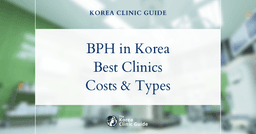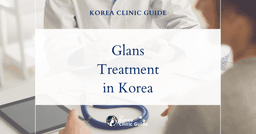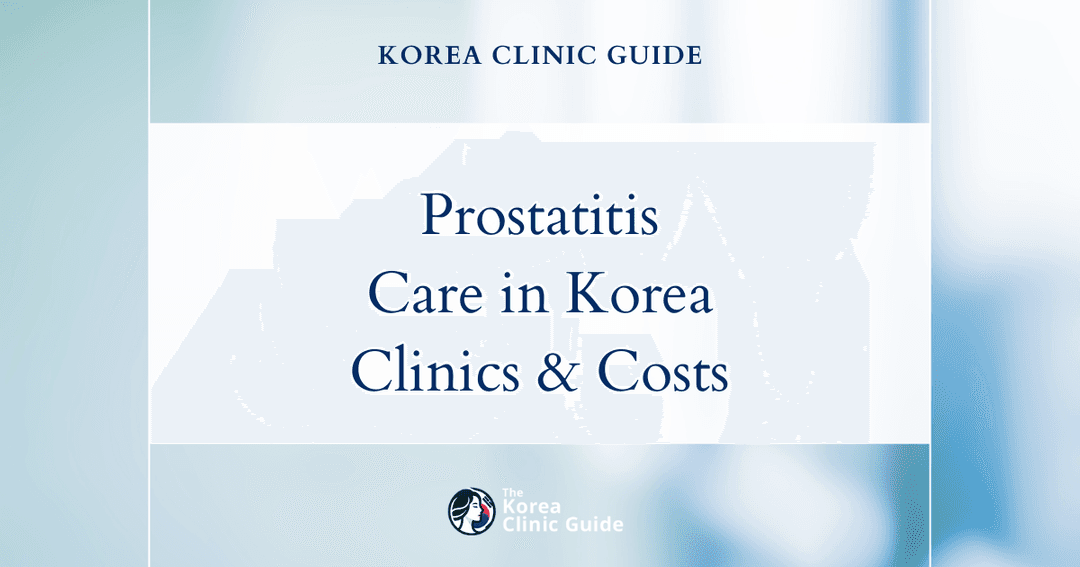Prostatitis Treatment
Description
South Korean urology clinics approach prostatitis with a precise, step-by-step protocol that starts with a thorough evaluation to identify the subtype—acute bacterial, chronic bacterial, inflammatory, or chronic pelvic pain syndrome. Your visit typically includes a detailed history and NIH symptom scoring, urine and blood tests, targeted cultures (including pre- and post-prostatic massage urine when appropriate), and STI screening. Advanced imaging such as transrectal ultrasound or MRI is used selectively to rule out complications like abscesses or significant calcifications, and urodynamic testing may be added if urinary flow issues are suspected. Multidisciplinary teams—urology, infectious disease, pelvic floor physiotherapy, and pain medicine—collaborate to build a personalized plan, with bilingual coordinators streamlining scheduling and interpretation for international patients. Treatment is tailored to the underlying cause and may combine medications with minimally invasive therapies. Acute or culture-proven chronic bacterial prostatitis is managed with targeted antibiotics and supportive care, while alpha-blockers and anti-inflammatories address urinary and pain symptoms. For chronic pelvic pain syndrome, clinics emphasize pelvic floor physical therapy, myofascial trigger-point release, biofeedback, and, when suitable, low-intensity shockwave therapy or nerve blocks for refractory pain. Image-guided drainage treats prostatic abscesses, and select endoscopic procedures may be considered when recurrent infections are linked to obstruction or dense calcifications. Ongoing follow-up—often via telemedicine—monitors symptom scores and adjusts therapy, with clear aftercare plans designed for travelers and efficient, short waiting times.
Search
Categories
Related Posts




Top Prostatitis Treatment Clinics
Yezak Urology
Apgujeong Rodeo, Gangnam-gu Office Station
Free consultation from the clinic
Yezak Urology in Apgujeong is a men’s health center offering specialized surgical and non-surgical care delivered by a multi-specialist team with advanced safety systems. Male Enhancement Penile Enlargement: Procedures to increase penile girth using autologous fat grafting or biocompatible fillers, performed by urologic surgeons. Surgeons aim to improve circumference and proportion while preserving sensation and erectile function. Penis Lengthening Surgery: Release of the suspensory ligament with skin advancement to increase visible flaccid length. Postoperative traction protocols support length gains and tissue healing. Glans Enlargement: Filler-based augmentation of the glans penis to enhance contour and address sensitivity-related concerns. The plan targets a natural look and balanced feel. Premature Ejaculation Treatment: Care options include topical therapy, behavioral training, glans augmentation, and nerve-modulating procedures after evaluation. Treatment addresses timing control and sexual satisfaction. Peyronie’s Disease Treatment: Management of curvature and plaque with collagenase injections, traction therapy, plication, or grafting surgery. The objective is penile straightening, pain relief, and functional restoration. Genital Plastic Surgery: Corrective and aesthetic procedures such as frenuloplasty, scrotoplasty, and scar revision. The focus is on function, symmetry, and cosmetically refined results. Prostate Care Benign Prostatic Hyperplasia (BPH) Treatment: Comprehensive care using medications, minimally invasive therapies, and surgical options such as TURP or laser enucleation. The goal is to relieve urinary obstruction, protect bladder and kidney health, and improve quality of life. Prostatitis Treatment: Targeted therapy for acute and chronic prostatitis with antibiotics, anti-inflammatories, pelvic floor therapy, and tailored lifestyle guidance. Care addresses pelvic pain, urinary symptoms, and sexual health impacts. Erectile Dysfunction Inflatable Penile Implants: Three-piece hydraulic devices placed surgically to provide on-demand erections with a natural appearance when deflated. This option serves men who do not respond to medication or prefer a definitive surgical solution. Malleable Penile Implants: Bendable silicone rods implanted to provide reliable rigidity without pumps. They offer straightforward use and durability with discreet positioning. Non-Surgical ED Treatments: Pharmacologic therapy such as PDE5 inhibitors and intracavernosal injections, plus device-based care like vacuum devices and shockwave therapy. Management also addresses cardiovascular and hormonal contributors to ED. General Male Health Circumcision: Surgical removal of the foreskin for medical, hygienic, or personal reasons under local or regional anesthesia. Modern methods emphasize precise hemostasis, clean wound edges, and efficient recovery. Vasectomy: Permanent contraception by sealing the vas deferens through a no-scalpel approach. The procedure uses local anesthesia with brief downtime and follow-up semen analysis to confirm success. STD Diagnosis & Treatment: Confidential testing for common sexually transmitted infections with evidence-based antimicrobial therapy. Counseling and partner management support prevention and long-term sexual health. Male Menopause (Andropause) Care: Evaluation and treatment of age-related hormonal changes, fatigue, mood changes, and sexual symptoms. Care includes lifestyle optimization, targeted medications, and monitored testosterone therapy when indicated. General Health Checkup: Comprehensive men’s health screening covering urinary, sexual, metabolic, and cardiovascular systems. Preventive guidance and timely referrals are provided based on results.
learn more

